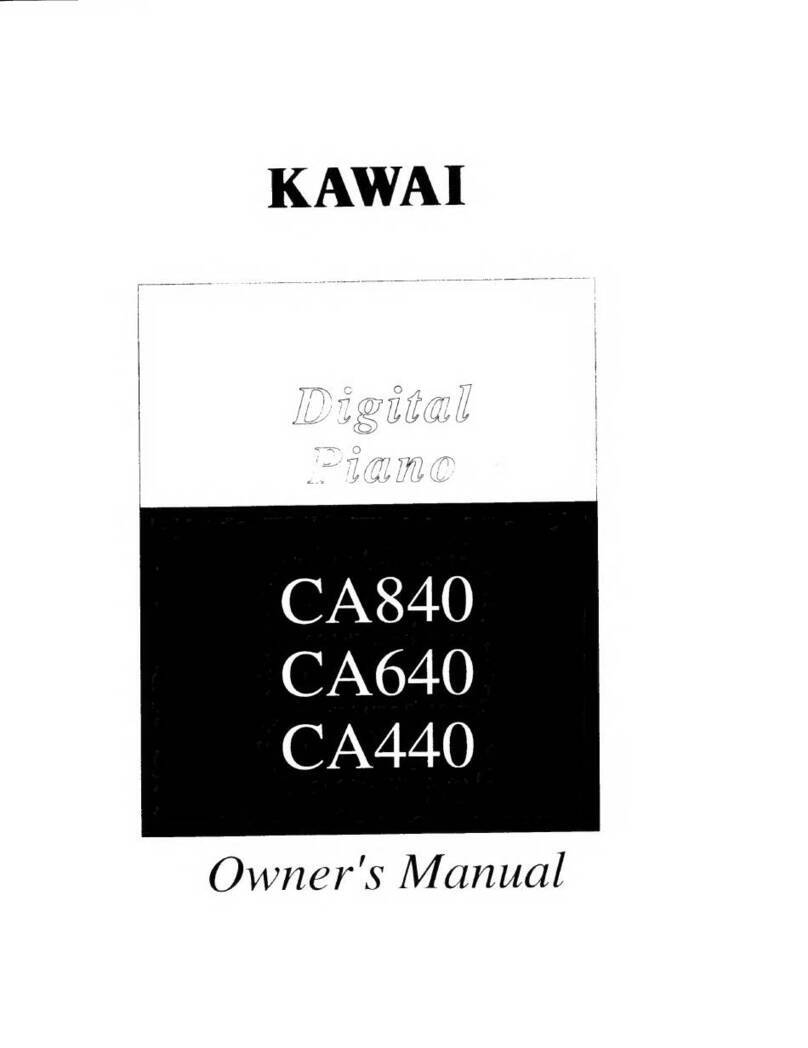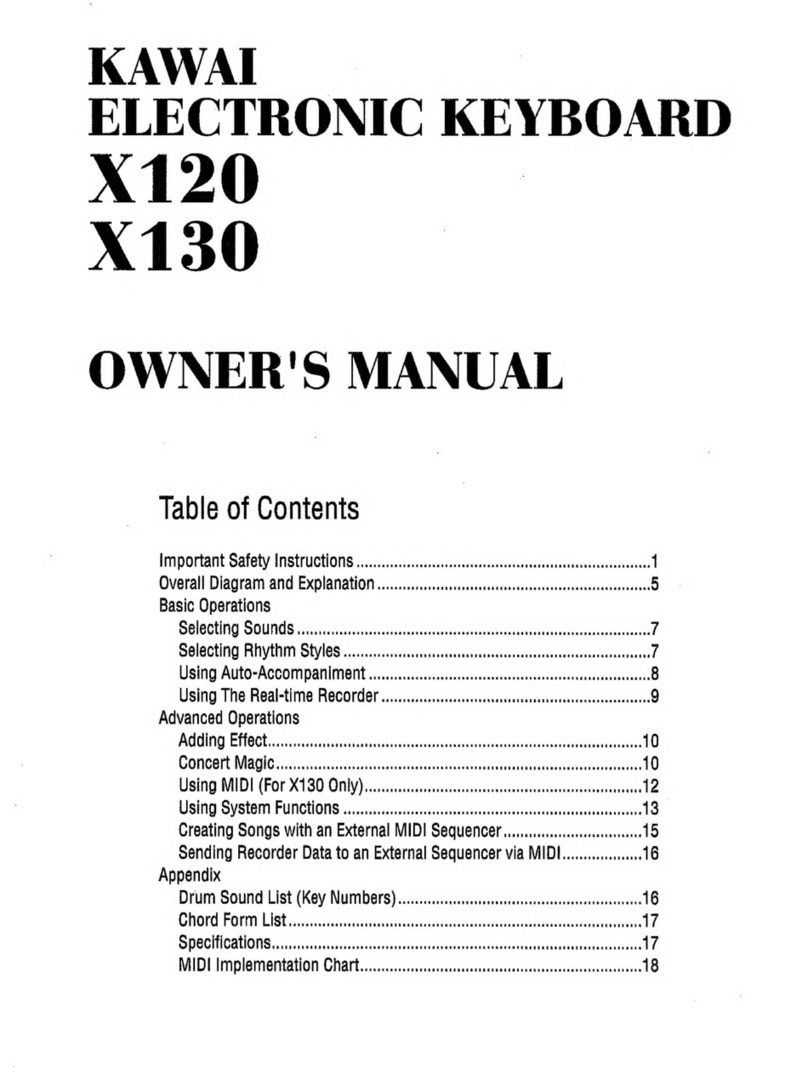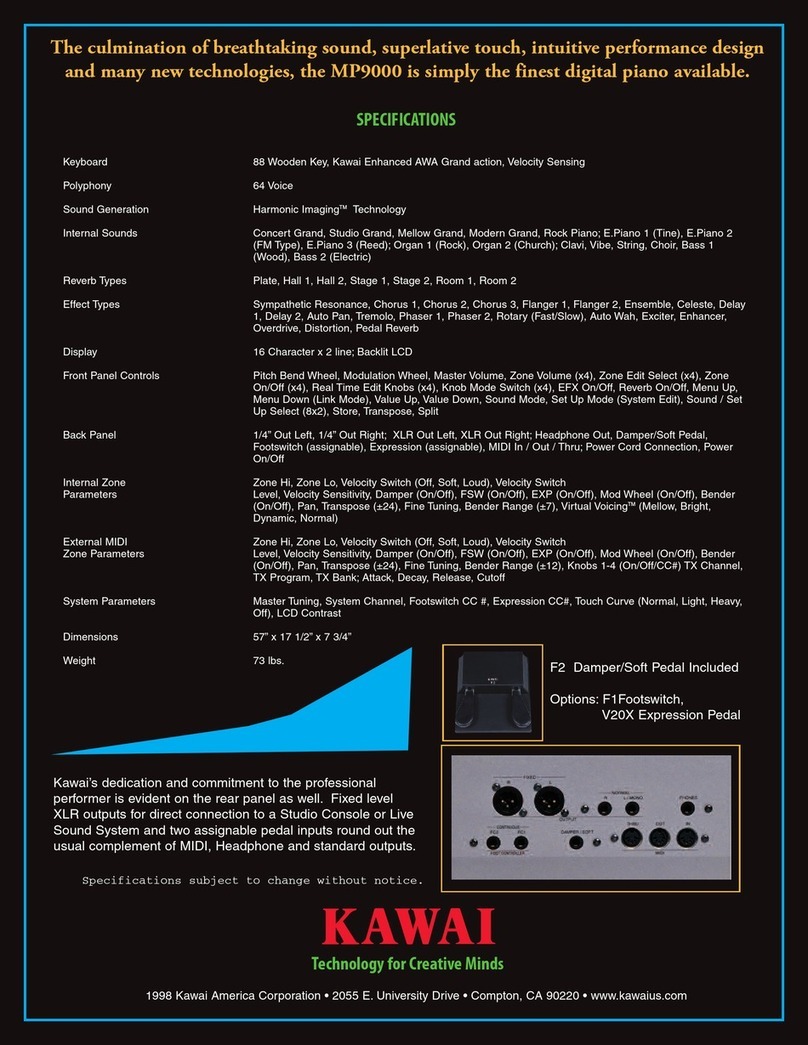Kawai SK-7 Reference guide
Other Kawai Musical Instrument manuals
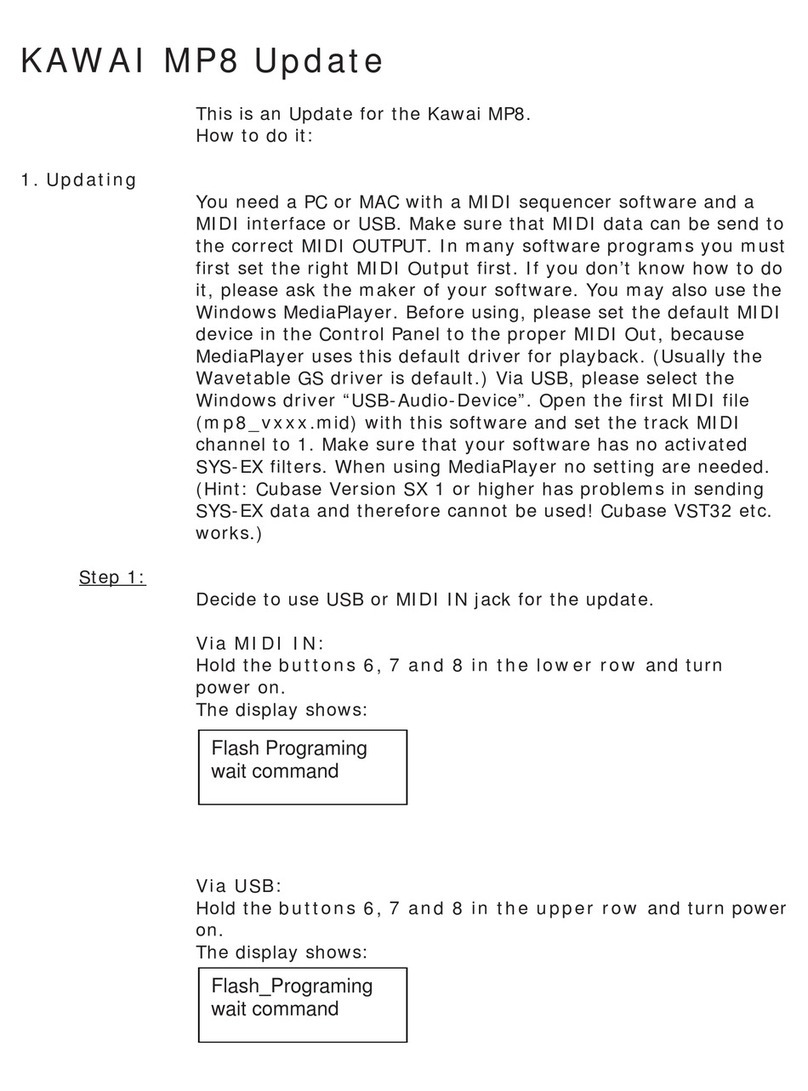
Kawai
Kawai Stage Piano MP8 Technical manual
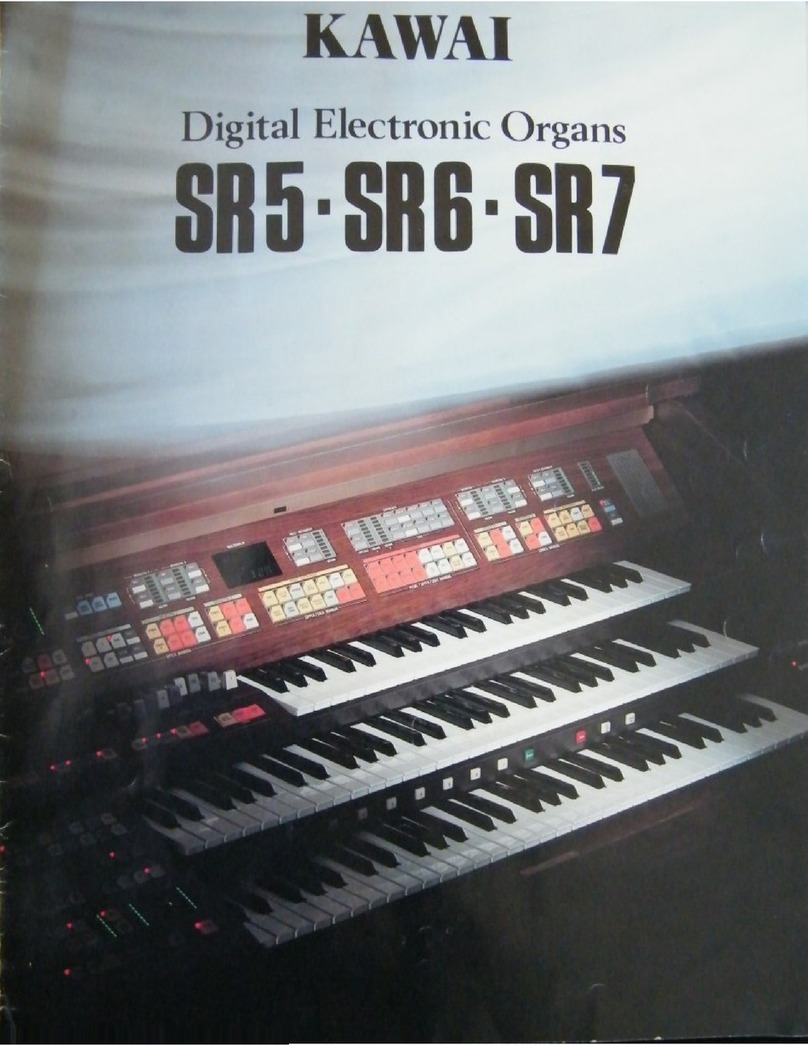
Kawai
Kawai SR5 User manual
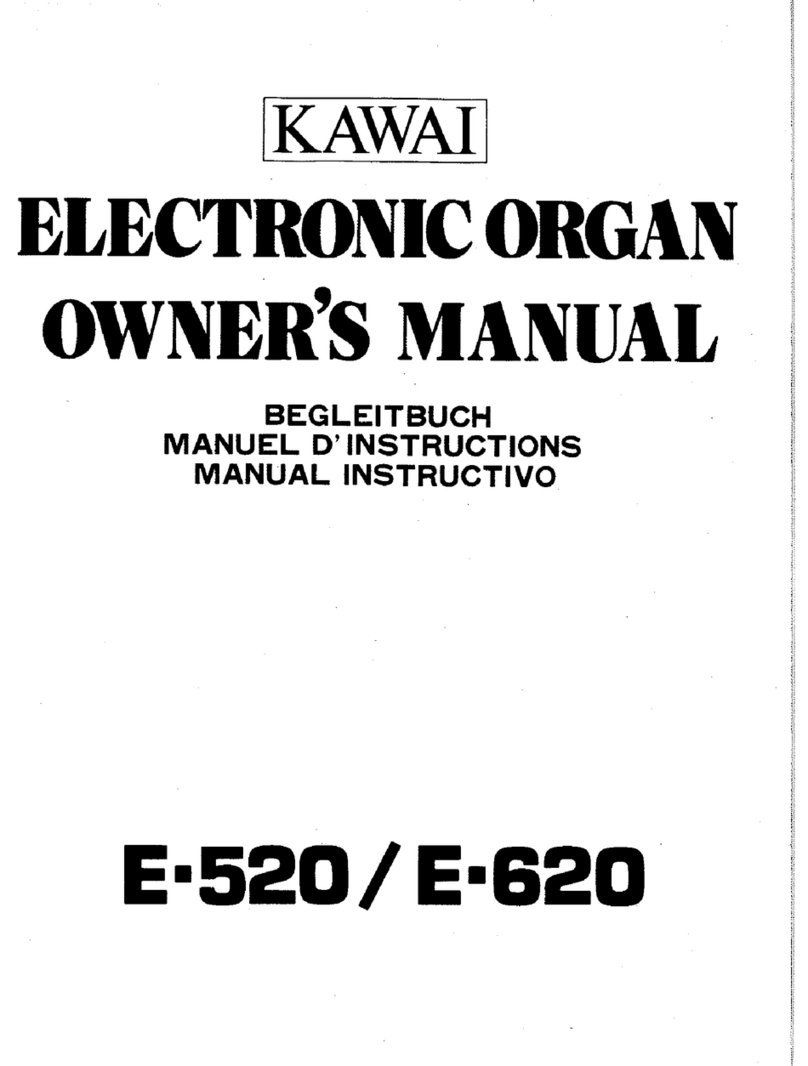
Kawai
Kawai E-520 User manual
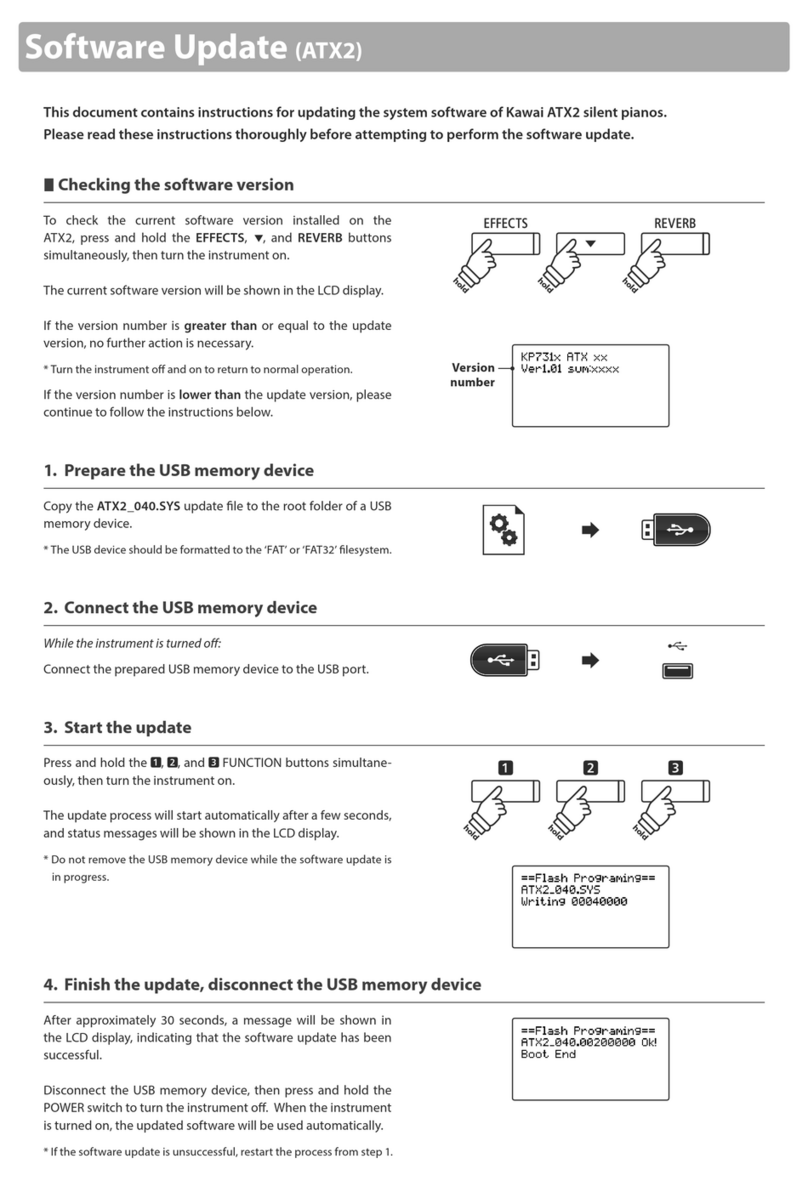
Kawai
Kawai ANYTIME ATX2 Technical manual

Kawai
Kawai T-5 User manual
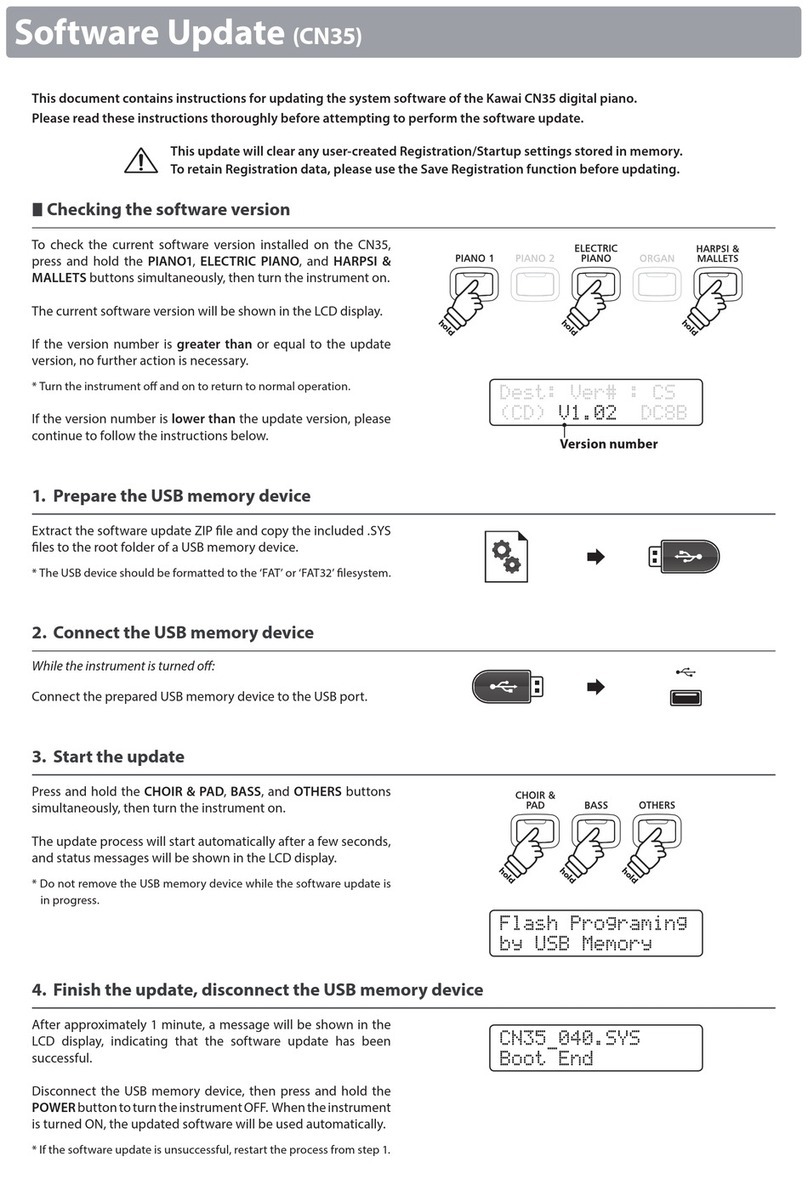
Kawai
Kawai CN35 Technical manual

Kawai
Kawai KDP90 User manual

Kawai
Kawai Novus NV10 User manual
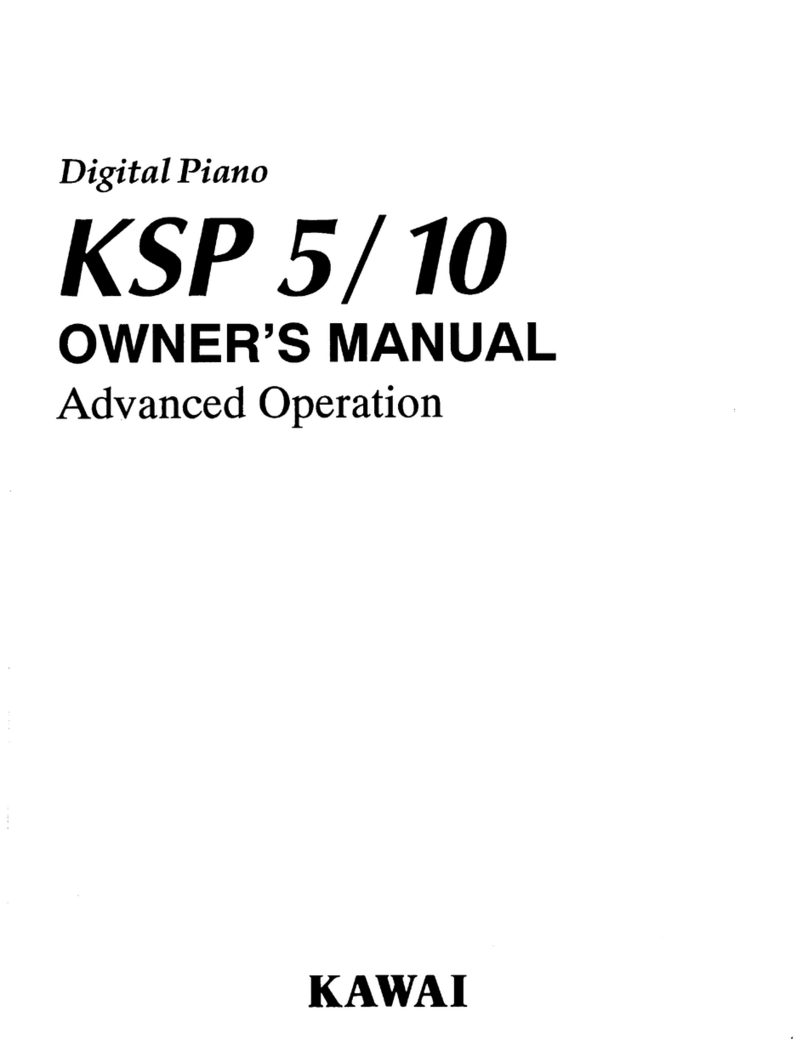
Kawai
Kawai KSP 5 User manual
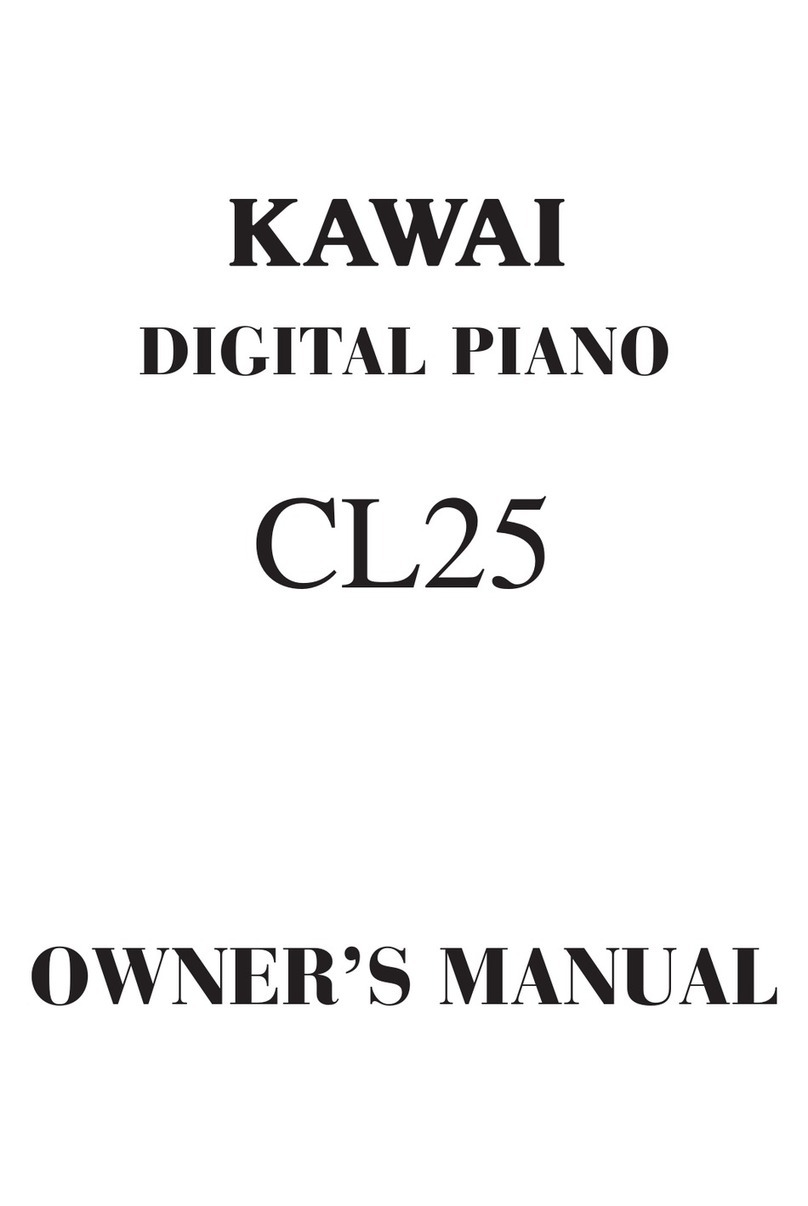
Kawai
Kawai CL25 User manual
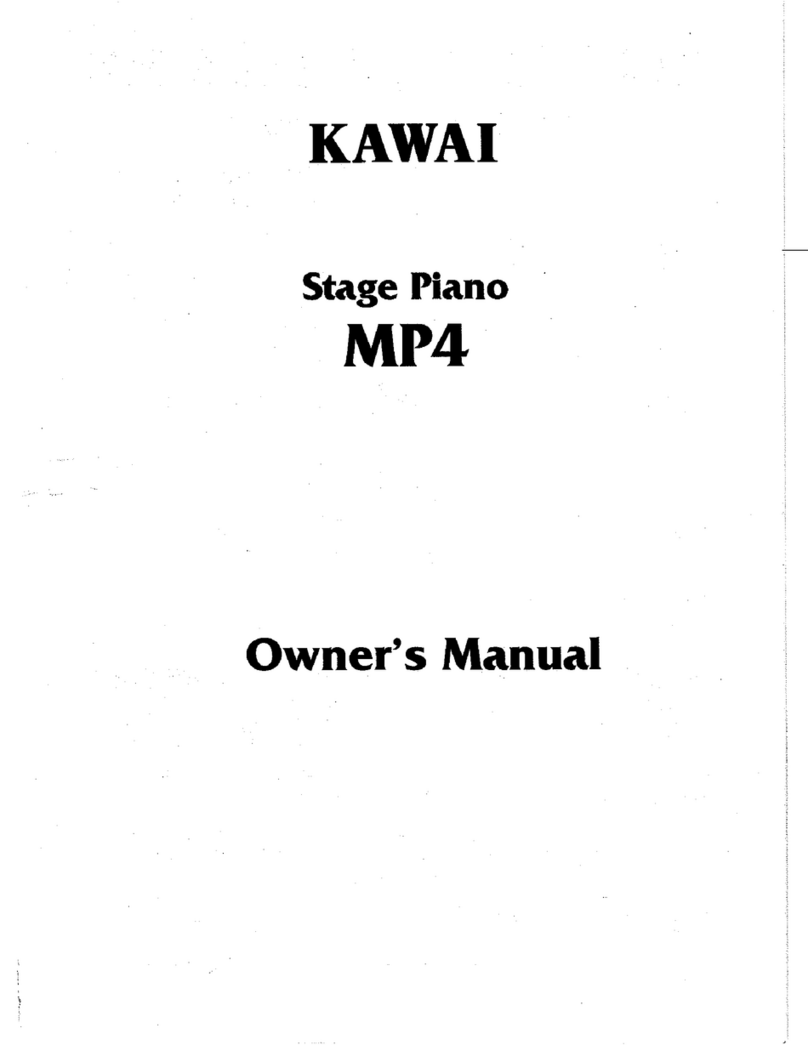
Kawai
Kawai MP4 User manual
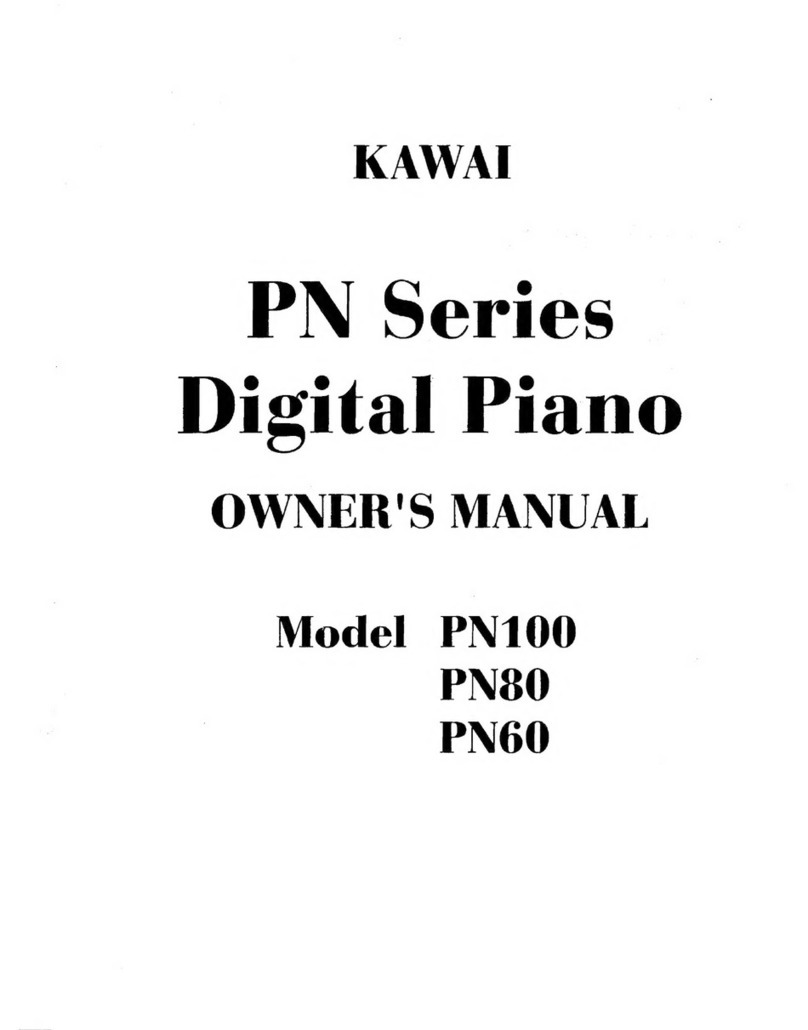
Kawai
Kawai PN Series User manual
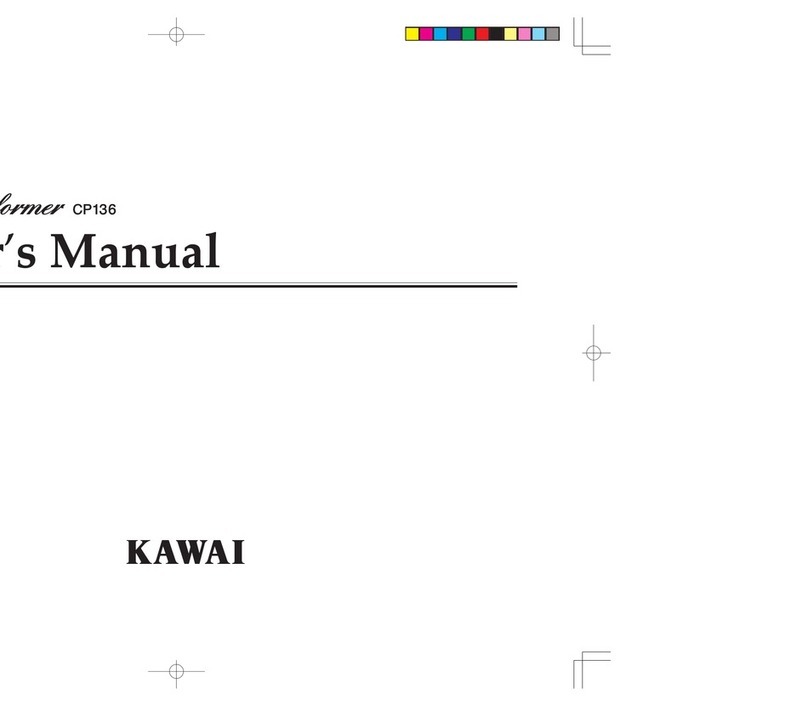
Kawai
Kawai Concert Performer CP136 User manual
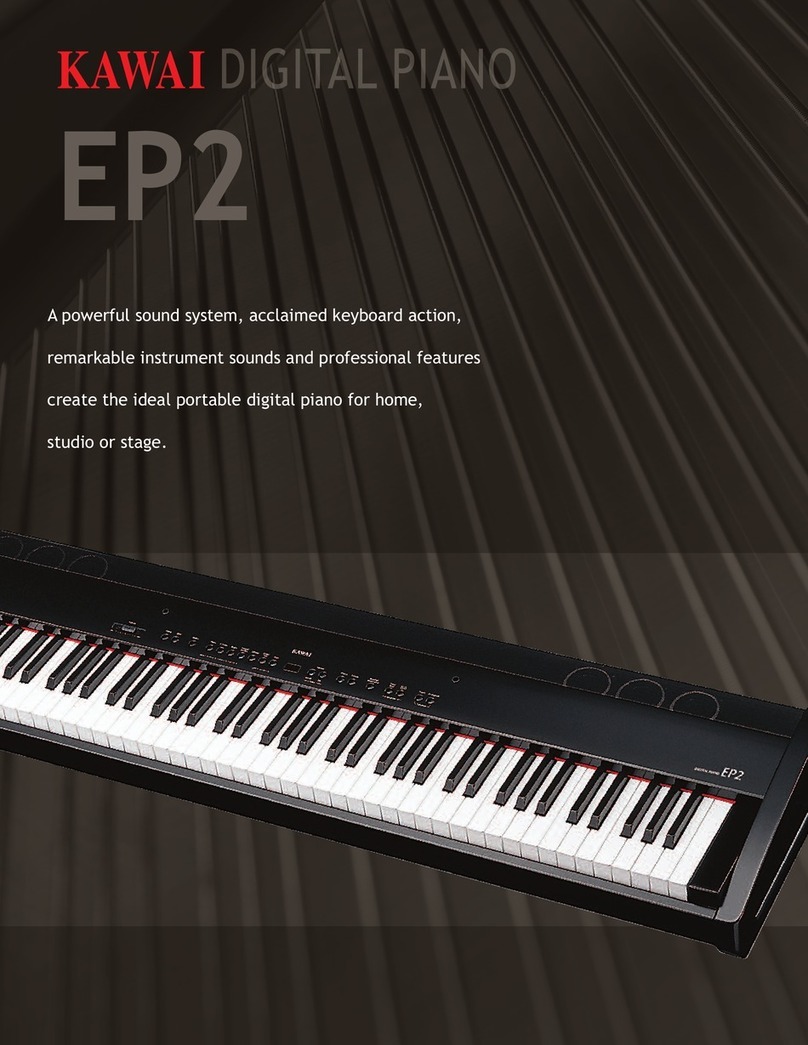
Kawai
Kawai Digital Piano EP2 User manual
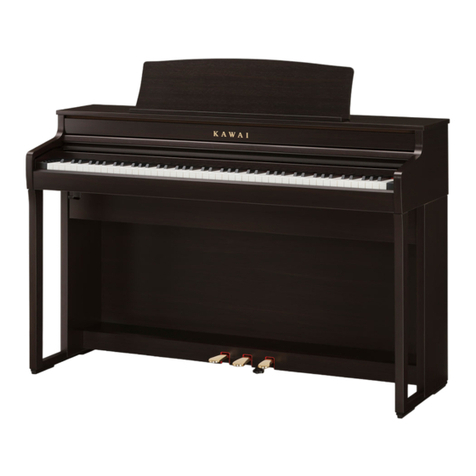
Kawai
Kawai CA401 User manual

Kawai
Kawai CP95 User manual
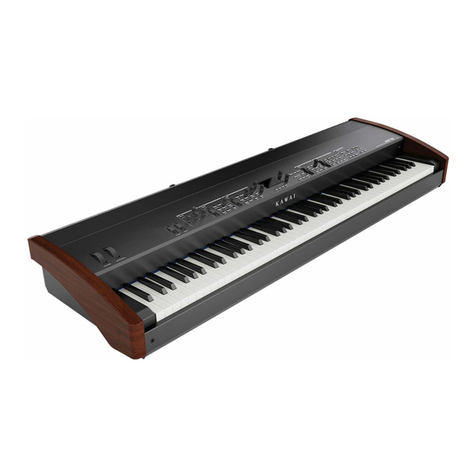
Kawai
Kawai MP11 User manual
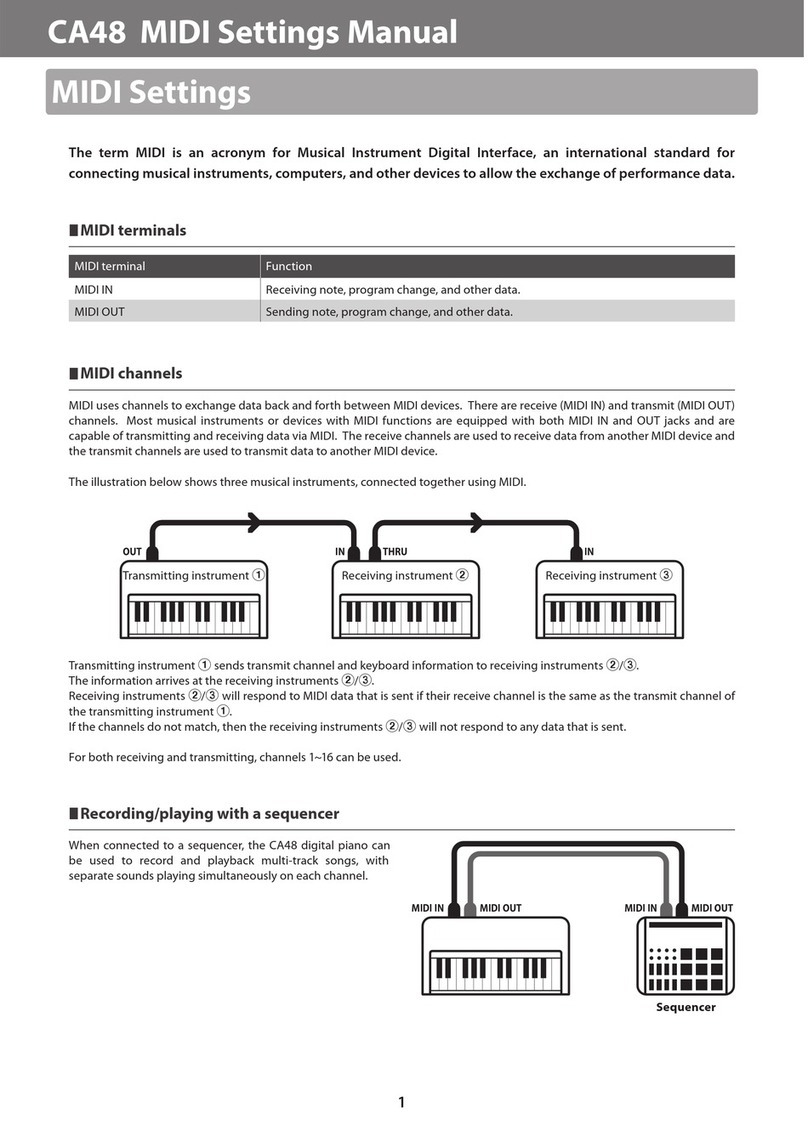
Kawai
Kawai CA48 Manual

Kawai
Kawai CA-X User manual
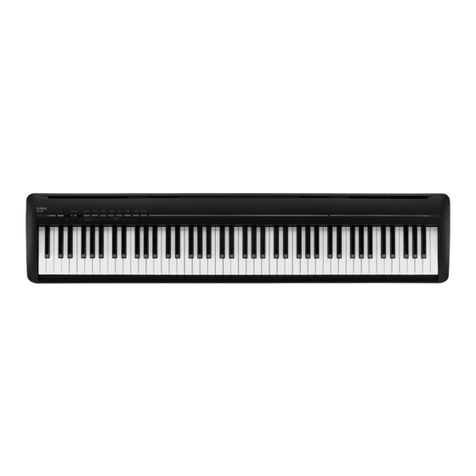
Kawai
Kawai ES120 User manual

